Here’s The Reason Why Nokia, ‘The World’s Top Leading Handset’, Lost Its Popularity and Sales Went Down.
Nokia Corporation, a Finnish multinational telecommunication, became a popular company that effectively defined the mobile industry but eventually lost its popularity.
It’s true that the lost of Nokia had been terrible for the last few years, but this doesn’t take away the fact about its excellence. Nokia was the very company that effectively defined the mobile industry for over a decade prior, and gave us some of the most memorable phones. (Divide into two sentences)
Based in an article of Wired, in 1979, Nokia entered into a joint venture with leading Scandinavian color TV manufacturer Salora to create Mobira Oy, a radio telephone company. A few years later, Nokia launched the world’s first international cellular system dubbed as the Nordic Mobile Telephone network. (Add one sentence | at least two sentences per paragraph)
It was followed by the launch of the company’s as well as world’s first car-phone dubbed as Mobira Senator, which weighed in at around 10 kg. Nokia acquired Salora and changed the name of its telecommunications unit to Nokia-Mobira Oy. (add another sentence)
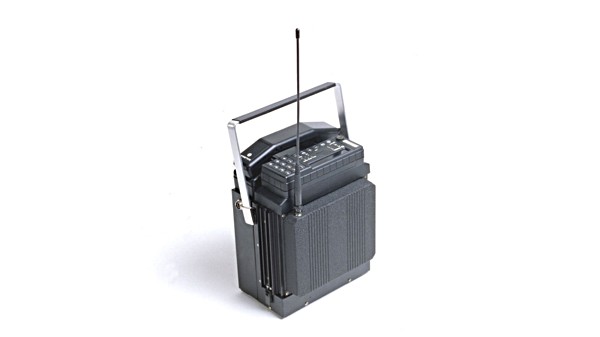
In 1984, The year also marked the launch of Mobira Talkman, which was advertised as one of the first transportable phones. This means it could be used both in and out of car, although it was still around 5kg.
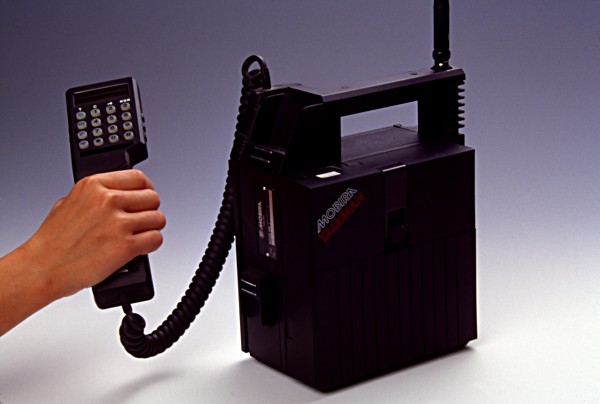
Three years later, the company introduced its first compact phone called Mobira Cityman 900, which was also the world’s first hand-held mobile telephone. Despite weighing around 800g and carrying a price tag of around $5,456.
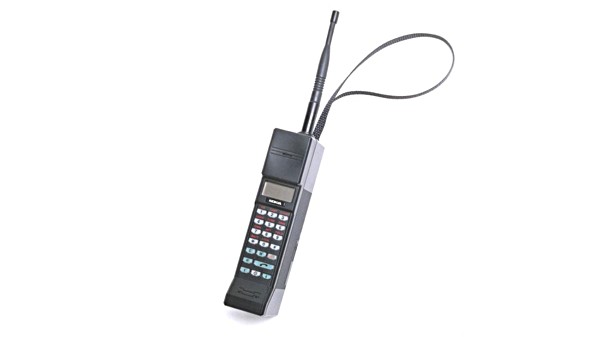
The phone became iconic and was nicknamed “The Gorba” after the then Soviet Union president Mikhail Gorbachev used it to to make a call from Helsinki to Moscow during a press conference in October 1987. (Divide in 2 sentences)
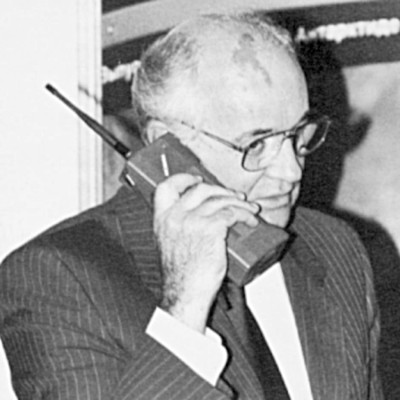
The following year brought a tough phase for the company as it witnessed sharp drop in profits owing to severe price competition in the consumer electronics markets, and its chairman Kari Kairamo allegedly took his own life due to stress. (Divide the sentence)
In 1991, Nokia’s top leadership decided to change the focus and then the world’s first GSM call was made by the then Finnish prime minister, Harri Holkeri. Unsurprisingly, it was made using Nokia equipment. The next year, the company’s first hand-held GSM phone Nokia 1011 was launched.
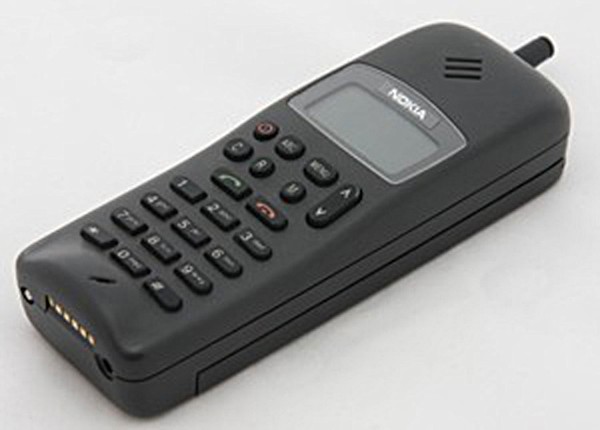
The device reportedly had a talk time of 90 minutes and could store 99 contact numbers. It was also known as Mobira Cityman 2000.
A couple of years later, the company launched its 2100 series of phones, which are also the first to feature the iconic Nokia Tune ringtone. While Nokia projected to sell 400,000 units, the series turned out to be a blockbuster with around 20 million handsets sold worldwide.
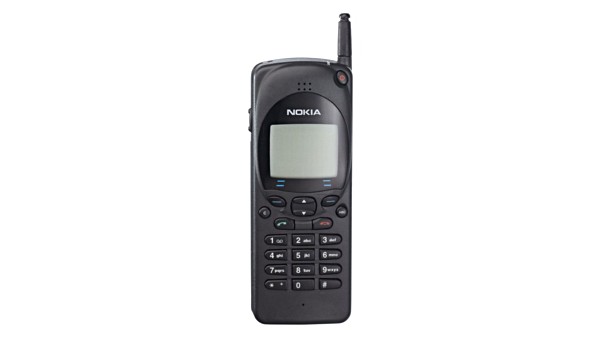
Then in 1996, they have launched the all-in-one phone called Nokia 9000 Communicator. It cost $800, it allows the users to send emails, fax, and browse web, besides offering word processing and spreadsheet capabilities. Although the phone managed to create a dedicated following, it wasn’t commercially successful. (Cut the long sentence)
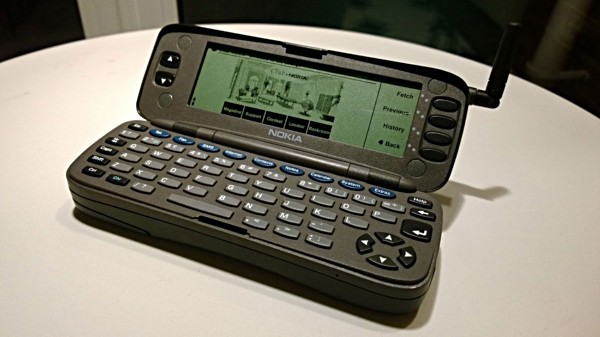
And on 1998 Nokia had their spectacular success when they release the Nokia’s 6100 series – the company sold nearly 41 million cellular phones. They have surpass Motorola and become the world’s top cellular phone maker in that year.
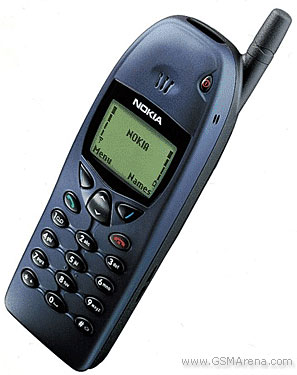
Nokia’s net sales increased over 50% year-on-year, operating profits shot up nearly 75%, and stock price sky-rocketed a whopping 220%, resulting in an increase of market capitalization from nearly $21 billion to around $70 billion.
Then in the year 2000’s, although Nokia was the world leader in the mobile phones market, the new decade brought along a new set of challenges for the company. The wireless and internet technologies were converging, and the 3rd generation of wireless technology that promise to enhance multimedia capability was evolving.
Responding to the changes, the Finnish company started churning out both sophisticated multimedia handsets as well as low-end devices. The year 2001 saw the company launching the Nokia 7650, it’s first phone to feature a built-in camera. It was also the first to support a full color display.
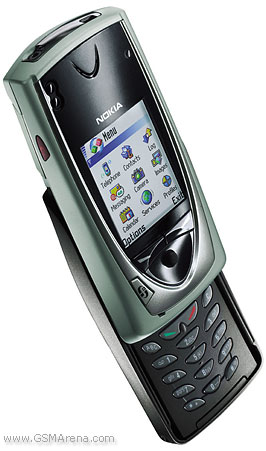
Base on the article, In 2007 touch-screen phones grows it’s popularity with Apple launch its first-generation of Iphone, then Nokia also outed its first all touch smartphone in 2008 called the 5800 Xpress Music.
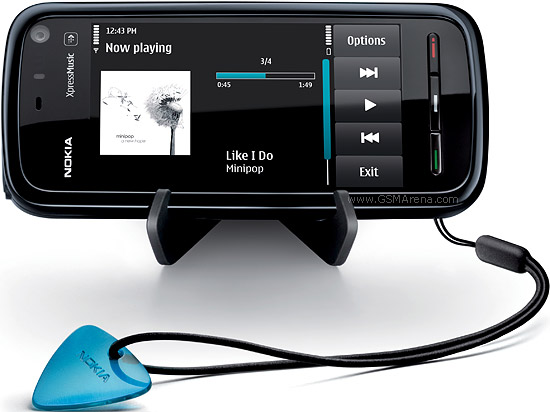
The device was also the first to run the touch-driven Symbian v9.4 (S60 5th Edition). It was decently successful as the company managed to sell around 8 million units of the device, but it didn’t manage to create die-hard following as it touch-experience was sub-par.
Until Android version 1.0 was launched in 2008, this will be the time that the lost of Nokia had started. Nokia’s profits nosedive 30%, while sales decreases 3.1%. On the other hand, iPhone sales sky-rocketed by around 330% during the same period.

The year 2009 saw Nokia laying off 1,700 employees worldwide. Later in the year, the struggling Finnish company finally acknowledged that it was slow to react to the change in the market, which was now slowly being taken over by the likes of Apple and BlackBerry, and influenced by newcomers like Samsung, HTC, and LG.
The following year, Stephen Elop – who was previously head of Microsoft’s business software division – was appointed as Nokia’s new CEO. He was also the first non-Finnish leader of the company. Although 2010 saw a rise in profits for the company, job cuts continued.
Desperate to come out of the ongoing crisis and better compete with competitors, Nokia announced a strategic partnership with software giant Microsoft to make the latter’s Windows Phone its primary mobile OS.
The first fruit the partnership between Nokia and Microsoft bore were the Lumia 800 and Lumia 710 smartphones, which were announced later in 2011. While the former (shown below) targeted the higher end of the market, the latter was aimed at lower end-customers.
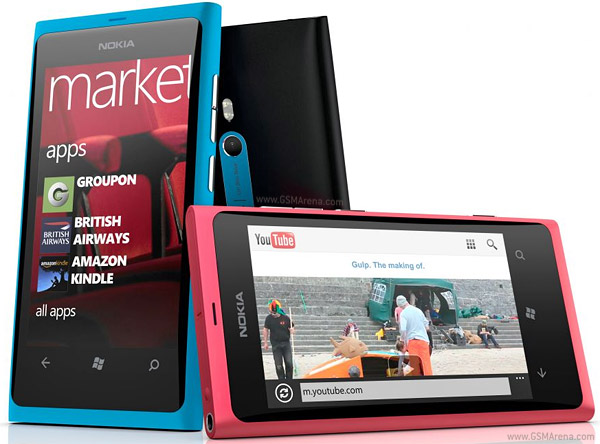
Despite decent sales, the new Windows Phone devices couldn’t do much for Nokia 2012, when the company suffered an operating loss of a whopping €1.3 billion. This was followed by another round of job cuts, affecting around 10,000 employees this time.
Later that year, the company launched Windows Phone 8-powered Lumia 920 flagship, which received mixed reviews – mainly criticized for its large size and bulkiness. In November 2012, the smartphone became best-selling phone of the week on Amazon, and also topped Expansys’ chart in the UK during the same period – still it never quite reached the blockbuster sales the company needed to return to profitability.
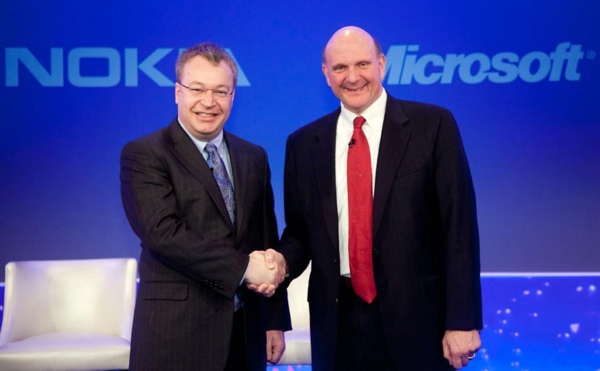
in 2013, Because Nokia has lost and think they cannot recover again, Nokia announced it’s selling its Devices & Services to Microsoft. The deal, which saw CEO Stephen Elop return to Microsoft, also included the Finnish company’s patents and mapping services, although it excluded the Nokia’s Chennai factory in India as well as the Masan factory in South Korea. The sale officially completed in April 2014.
